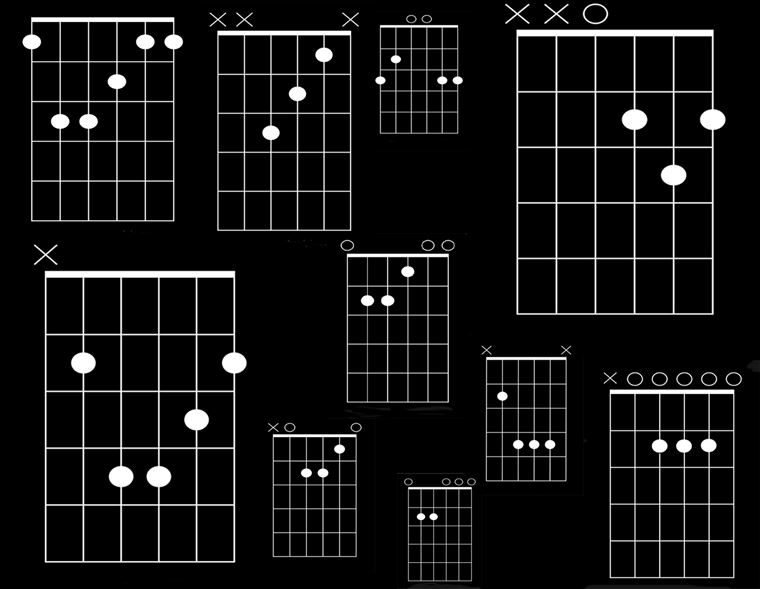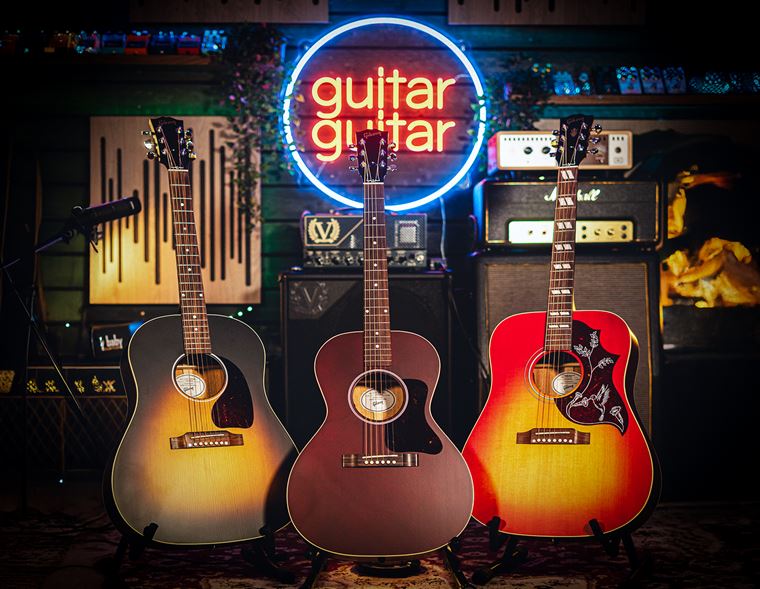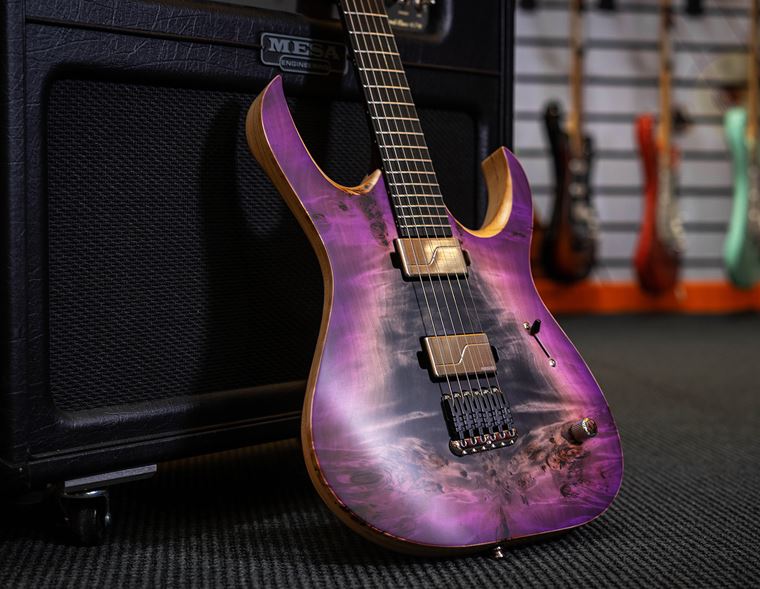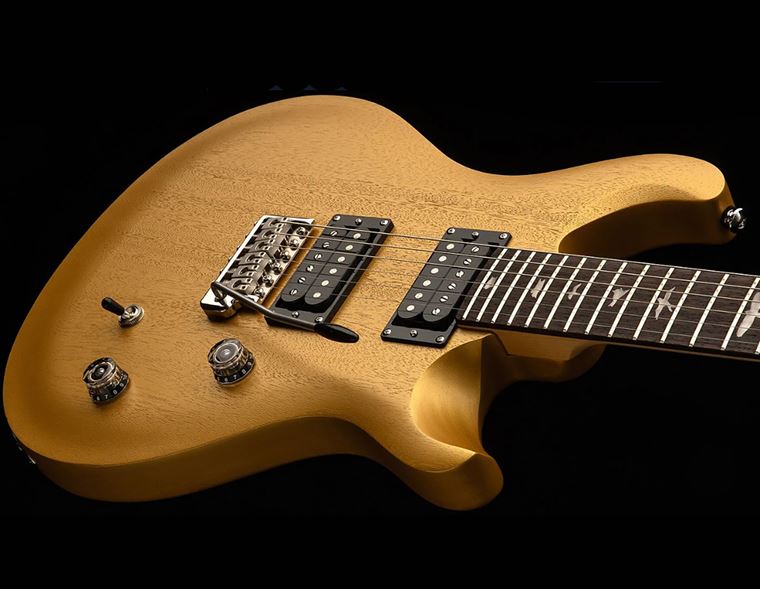Stratocaster Vs Telecaster: What's the Difference?
Fender’s two most iconic instruments - the Telecaster and the Stratocaster - also happen to be two of the top three guitar designs in the whole world.
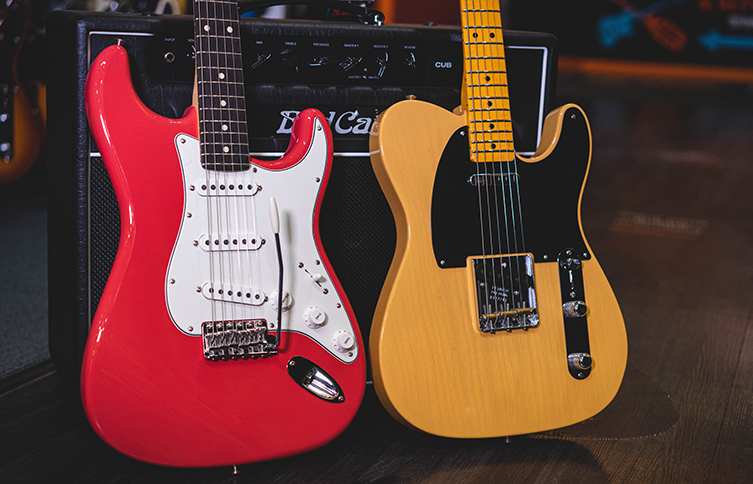
A lofty claim perhaps, but alongside the Gibson Les Paul, Fender’s Strat and Tele are about as classic as it gets for electrics. Other classic electrics like the SG and the 335 are most definitely lower in the pecking list, when it comes to worldwide popularity. Massively imitated over the decades, players still seem to prefer the real deal over the endless army of tributes, replicas and copycats.
Fender guitars are well known for having a certain tone, and people talk in terms of a ‘Fender sound’, full of twang and snap, but does that mean that all Fender guitars sound the same?
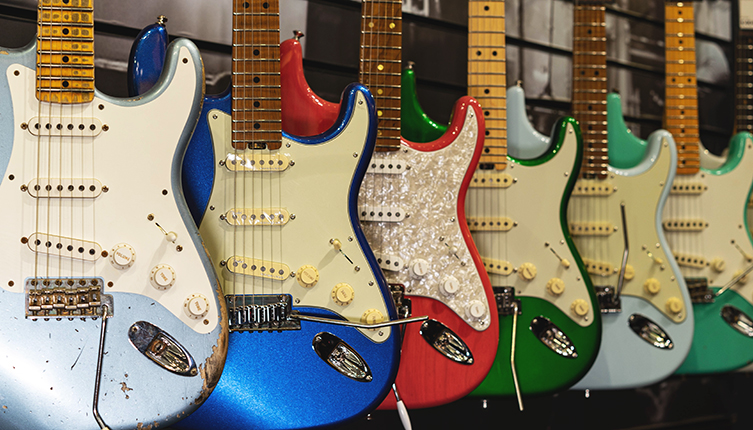
Indeed no, they definitely don’t. Our friend Joe Satriani put it best when we chatted to him a few years ago: “Sometimes that’s more important than just trying to say Les Pauls are big and fat, Teles are skinny, Strats are skinnier, you know?”
We hear you, Joe! He’s quite right, and our blog today attempts to ascertain the real differences between the two Fender titans. We’ll look at the various similarities and differences in materials, shape, build and design that result in two quite similar and yet really rather different guitars.
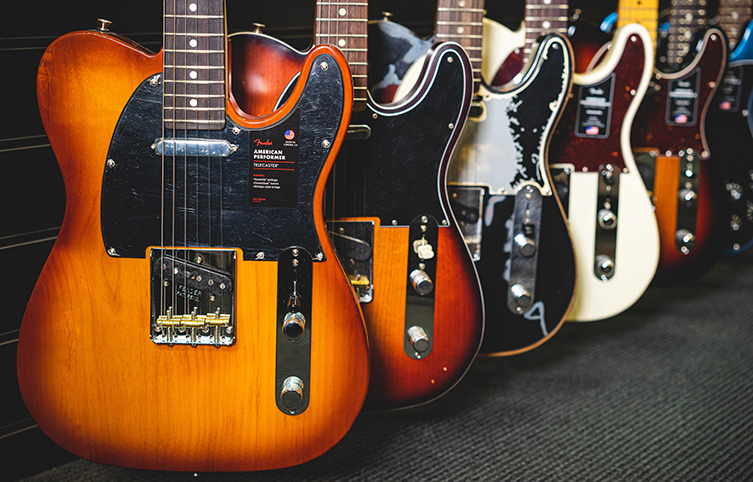
Many Strats, Many Teles
One thing before we go much further, though: we’ll be focussing on the most distilled, classic renditions of each guitar. What do we mean? Well, Fender offer many ranges of Strats and Teles with all manner of modifications, be they modern or historical. Teles can have Bigsbies, binding and humbuckers; Strats can have H-S-H pickup configurations and Floyd Rose tremolos, etc etc. These are not the types of guitar we want to consider today. We want the ‘blueprint’ guitars, be they the largely ‘52 style Tele - two single coil pickups, metal bridge plate, slab body shape - and late 50s/early 60s Strat, which would include three single coil pickups, but with the 1977 addition of a 5-way pickup selector. No humbuckers or locking nuts here!
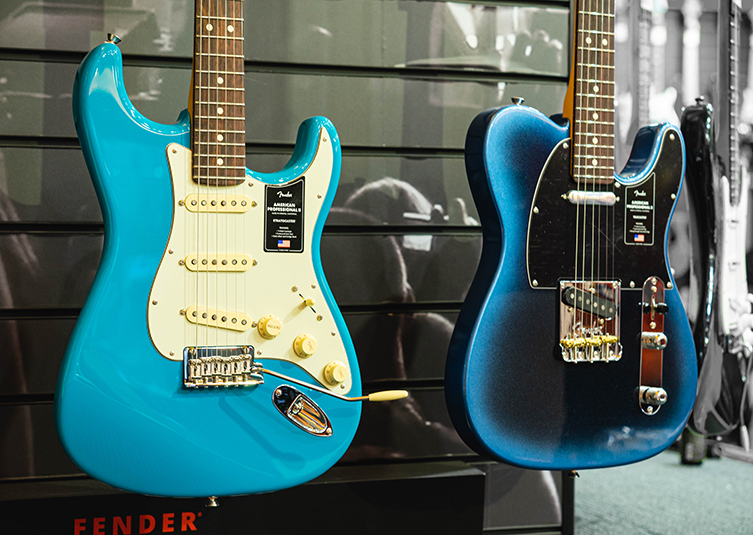
The Body Shapes
Starting with the body of the guitar, both the Strat and the Tele can be made with alder (most frequently), basswood (now and then) or ash (less than ever due to scarcity, and therefore quite special when it does happen). Thus, there’s no comprehensible difference here unless you compare models from different eras.
The bodies’ shapes are where we start to see divergence. The traditional Telecaster body is a slab, thick with relatively hard edges. It has a single cutaway and pretty minimal routing for electronics.

The Strat, by comparison is quite heavily contoured for comfort. There’s not a hard edge to be found on the front, back or sides. Is this better? Well, that’s up to you but the Strat was certainly designed with comfort in mind. The Strat also has double cutaways, giving the instrument two upper ‘horns’ and making upper fret access extremely easy. If lead guitar is your thing, that’s one advantage the Strat has!
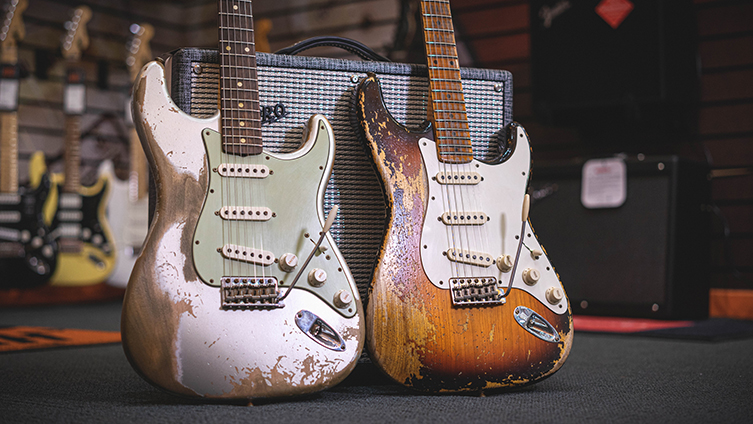
That said, there’s also much more routing into the body, leaving large hollowed-out areas to facilitate the pickups, electronics and tremolo. This all affects the tone and sustain of the guitar. You don’t see it much since the Strat’s large pickguard covers it, and sometimes the routing is so extensive, it’s known as a ‘swimming pool route’ due to the empty area left! This can be useful when modifying the guitar (no additional work need to make space for bigger pickups, for example) but less wood does generally mean less resonance and sustain. Better or worse? Again, up to you but these differences are physical facts, and worth knowing.
The Bridge
A large part of the Telecaster’s tone comes from the bridge pickup being mounted to a metal bridge plate. This adds a degree of top end to the sound, as well as encouraging more sustain, thanks to the overall mass increase of the bridge and pickup being attached to this plate.
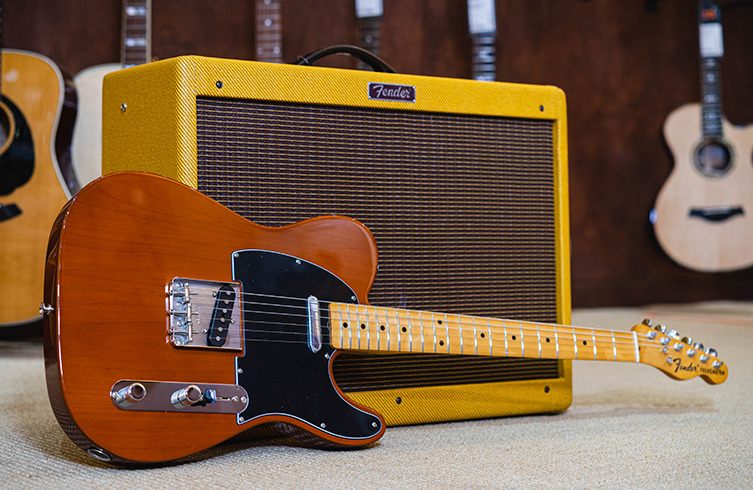
Mostly, Telecasters string through the body (more resonance and sustain) and bridge, obliging the strings to make a lot of contact with the body and hence adding yet more sustain and tone. Some bridges, though - notably Jeff Buckley’s - employ a top-loader style. This uses holes in the back of the bridge plate that allows the strings to pass through, keeping the strings entirely on top of the body. This affects the feel (‘slinkier’ due to less tension) and tone. The current American Pro II Tele model employs a bridge that can be strung either way, so you can experiment.
Strats almost always have tremolo bridges. You get the occasional hardtail Strat, but these are uncommon to say the least, and therefore outwith our scope of ‘blueprint’ examples today. Strat tremolos operate via either 2 screws (one at each end, which is more of a contemporary design) or 6 screws along the front of the unit. The body is deeply routed to facilitate the tremolo, which also has a solid steel or brass block going through the centre of the guitar’s body.
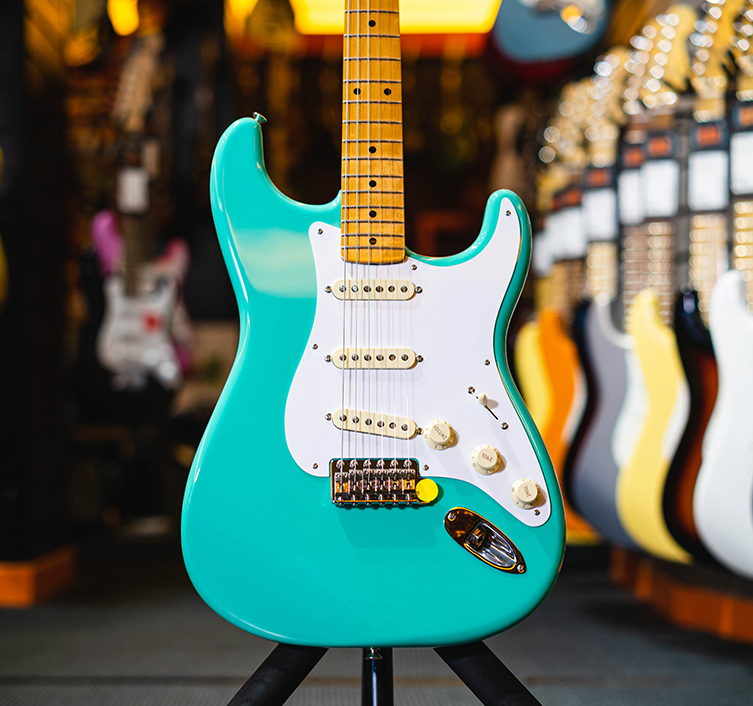
On one hand, this lack of wood steals resonance from the tone. On the other hand, the solid mass of metal that makes up the tremolo block restores much of this, albeit with somewhat different tonal properties. It’s all subjective, but the Strat does tend to have a little more of a decay, followed by a ‘bloom’ in the note, whereas the sustain of a Telecaster is more constant.
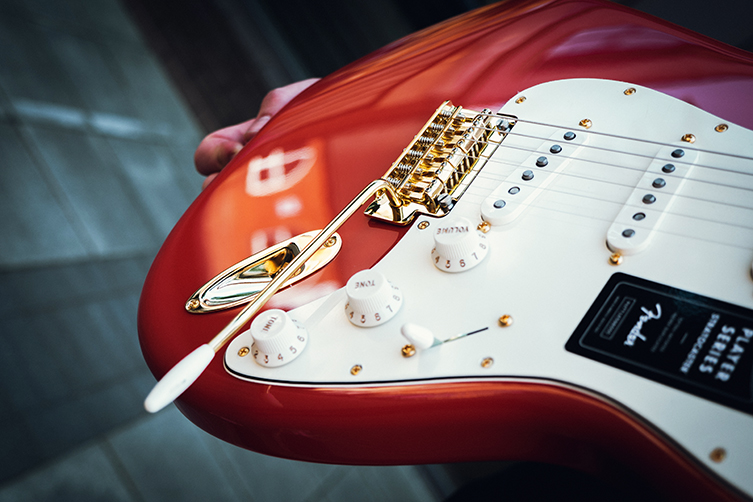
It’s worth noting one quite significant detail here, too. Tremolos can really play havoc with your tuning! If you learn a few tricks you can certainly minimise the difficulties, but there is always going to be some cause-and-effect when using a whammy bar. Tuning is a longer and more difficult process on a Strat (Strat bridges act a little ‘seasick’, obliging you to retune each string several times before the bridge settles in tune), and the tuning stability is harder to maintain. The Tele, on the other hand, has no tremolo and is therefore more instantly stable, not to mention easier to tune.
Switching and Pickups
As we’ve already noted, the Strat has more wood missing under the hood than the average Telecaster. This generally means less resonance and sustain, but as with any of our points today, they are all merely factors that contribute to the whole. This applies again to the pickups and the switching.
Telecasters have two single coil pickups, and the bridge unit is a little bigger and longer than the neck pickup. It’s slanted, too, so it’ll give the treble strings a slight sharpness and the bass strings a little extra warmth. On top of this, as we’ve noted, the Tele bridge pickup is secured to a sizeable plate of steel, increasing levels of sustain and sheer ‘zing’ exponentially.
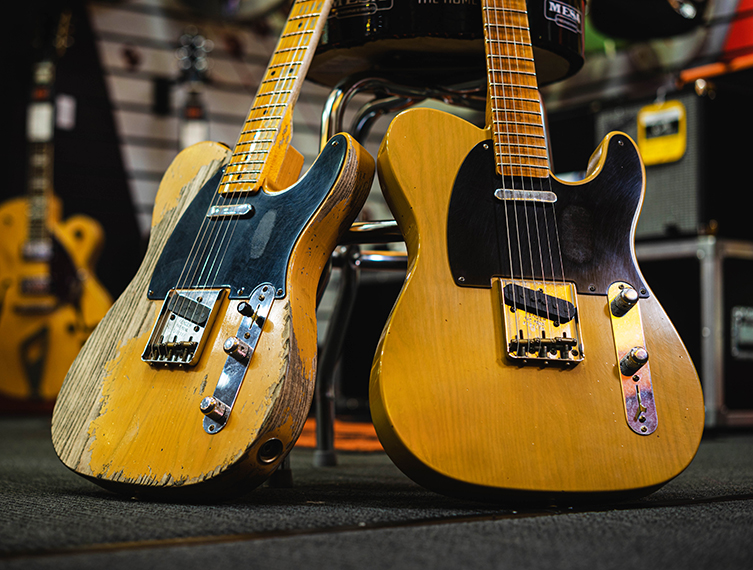
The Tele has a three-way switch, so you can have each pickup on its own and also both in parallel. Wiring in series (not generally an option initially, but easy enough to get done after market) results in a hotter tone.
Now for the Strat. As noted, we’re not looking into hot-rodded Strats today, so it’s the three single coil pickup variety we want to focus on. These are connected to the plastic pickguard, which means there is a level of ‘remove’ between the pickups and the guitar body. The bridge pickup is slanted like the Telecaster, though it’s most definitely less powerful sounding, and not as obviously bright.

The switching on today’s Strats follow the 1977 5-way blade selector style, because so many players love the ‘quacky’ sounds the Strat can deliver in between pickups. These are positions 2 and 4 on the 5-way blade, with the remaining positions selecting the pickups individually. This range of sounds plays a large part in why many players choose the Strat as their main weapon. Those in-between pickup sounds are actually so well-used, many players will choose a Strat over any other guitar primarily for these tones. If that player is you, you already know which side of the fence you want to be on!
Strat or Tele: Which is Best for You?
Ultimately, unless you buy both guitars, you’ll have to choose between them. Which is right for you?
If you are a beginner, then the Telecaster is a simpler affair and will tune up (and remain in tune) easier than the Strat. The tone is distinctive but perhaps not quite as much as the Strat, meaning it’ll be slightly more of a chameleon in terms of genres.
The Strat, on the other hand, is a more comfortable object to handle and use, and has a greater number of tones available straight from the guitar itself. The sound of the Strat is perhaps the easiest of them all to recognise, so if you are after that tone, it makes no sense to choose anything else!
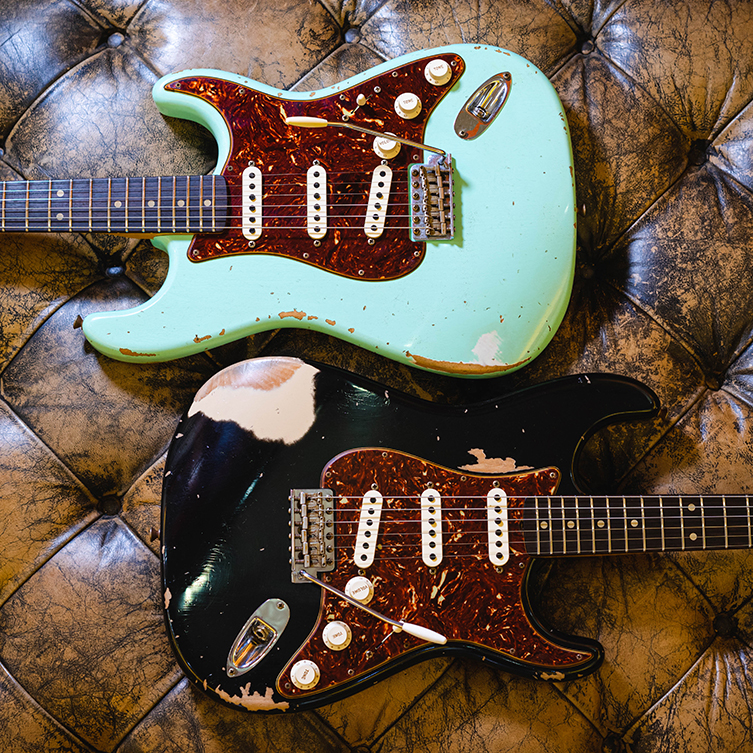
For more experienced players, the question of which model to choose is a little less clear. Again, if you are looking for that specific Strat sound, then a Tele is hardly going to get you there. The Strat is, in many ways, the most versatile guitar you can buy, but it’s worth taking into account that the Telecaster is probably the second most versatile one!
We’d say that the main things that separate the guitars - apart from their ‘skinny and skinnier’ tonal designations from Satch - are the whammy bar and body contours. If you need the whammy bar, you know what you need to do! If you don’t need a whammy bar, you can always unscrew the tremolo arm and forget about it. Then it becomes more about the ergonomics and sonics. On these subjects, it’s very much each to their own, but we definitely recommend attaching a strap to both and trying them out standing up before you make your choice: what feels good sitting down doesn’t always translate to a standing position!
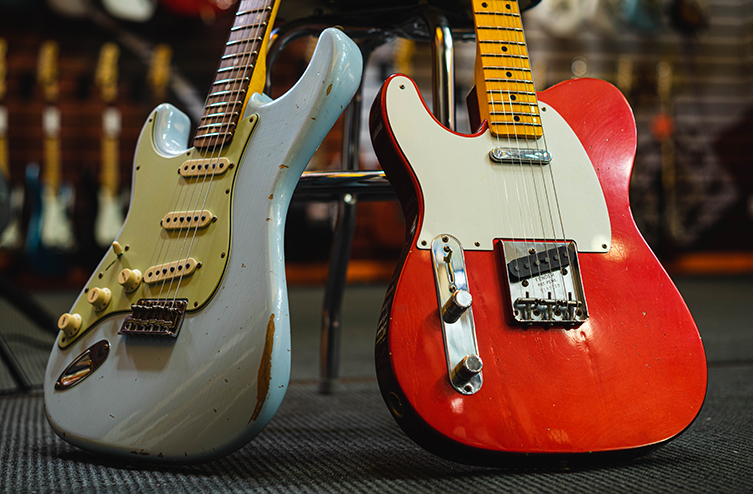
And on that note, we will leave you to ponder your thoughts. Which do you prefer? You can play almost anything on either, but one will almost certainly ‘work’ better for you, so ignore hero worship and go with what your hands, eyes and ears tell you. Good luck!








